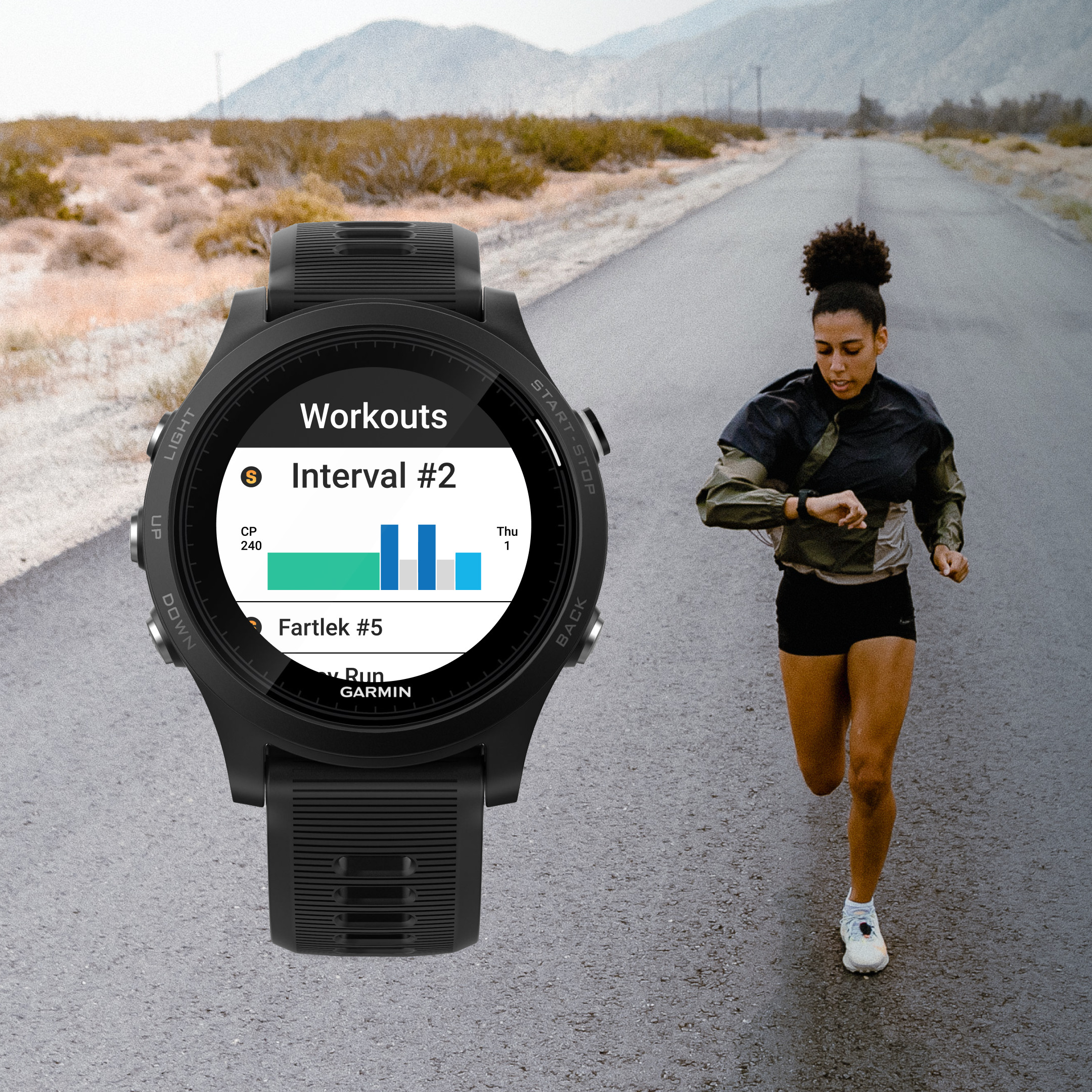Running Power, Transform Your Training
Stryd’s new foot sensor technology measuring power, makes its way to runners to revolutionize their training.

Since the late 1980’s, understanding and using power to measure performance has revolutionized how cyclists train and race. Data points such as pace, speed and heart rate are easily swayed by external factors such as elevation, wind, heat and health status. Power on the other hand, directly ties to the body’s metabolic energy output allowing athletes to dial in on the actual energy effort that they are putting out. Since power is instantaneous, you’ll know exactly what effort you are pushing throughout your entire run.
For the past 40 years, power measurement has only been applicable to cycling, until now. In 2015, engineering students and professors at the University of Colorado set out to bring new technology and capabilities to the running world, and Stryd was born. Its flagship offering is a sensor worn on the running shoe that calculates distance, pace and for the first time, power.
Power is the measurement of energy put out by your body as you propel forward with each stride. This measurement is calculated in watts (just as it is for measuring power output on a stationary bike or elliptical machine). Power = Force x Distance / Time
A runner’s power output will change as they encounter varying conditions. A hill for example, will require a higher power output to maintain the same pace. The same goes for wind. Running into a headwind or tailwind will require different amounts of energy/power to move forward.
By focusing on power, runners can now work towards a consistent metric that is more accurately tied to their effort output.
“Stryd accounts for hills, wind, form and fatigue so you can train at precisely the right effort on runs of any distance on any terrain,” says Angus Nelson, CoFounder at Stryd.

How does Stryd measure power?
Stryd uses an ingenious combination of motion and air resistance sensors on the foot to measure movement.
Weighing in at only eight grams it’s so light you won’t even notice it’s there. It simply clips onto the shoe.
“It’s also water resistant so runners can run in all kinds of conditions,” said Nelson.
This foot sensor is more accurate than GPS based measurements to determine pace and distance. (Eliminating the need for GPS signals means your pace stays true regardless of tree covered paths, dense city streets or inclement weather, etc.) It can detect even the slightest variations of stride length, ground contact time, air speed and vertical oscillation.
“These motion-capture sensors and wind capturing technology gives runners a look at just how hard they are running. When you run with better precision, you improve faster,” said Nelson.
Stryd breaks down the data into three primary metrics: pace, distance and of course, power.
In addition to measuring and analyzing this data, Stryd takes it a step further by providing training plans and protocols for runners looking to utilize power. Their platform boasts more than 100 workouts and training plans, from couch to 5k all the way to competitive marathon programs.
A key component to their training platform is its ability to auto-calculate critical power. Stryd training programs automatically update each workout based on your level of fitness and power output. As you progress, your workout targets will shift along with your growing fitness.
It can capture more than 20 hours of data before needing to be recharged. With that kind of longevity, most runners only need to charge it once a month,” said Nelson.

The Stryd power movement
Just as power has become a mainstay in cycling, its time for it to carry over into running. “Multisport athletes familiar with power data are the first to adopt the metric,” said Nelson. The triathlon community is often the tip of the adoption spear for new tech. It makes sense that at the Ironman World Championship in St. George, Utah for example, 10 percent of the amateur field, as well as four of the top eight male finishers, were all wearing Stryd foot sensors.
“As the value of measuring true effort via power becomes commonplace, we are seeing more and more pure runners adopting the power as well”.
With numerous hardware and software advancements in the queue, it only makes sense that we’ll be starting to see Stryd sensors outfooting more and more feet in the coming months.

